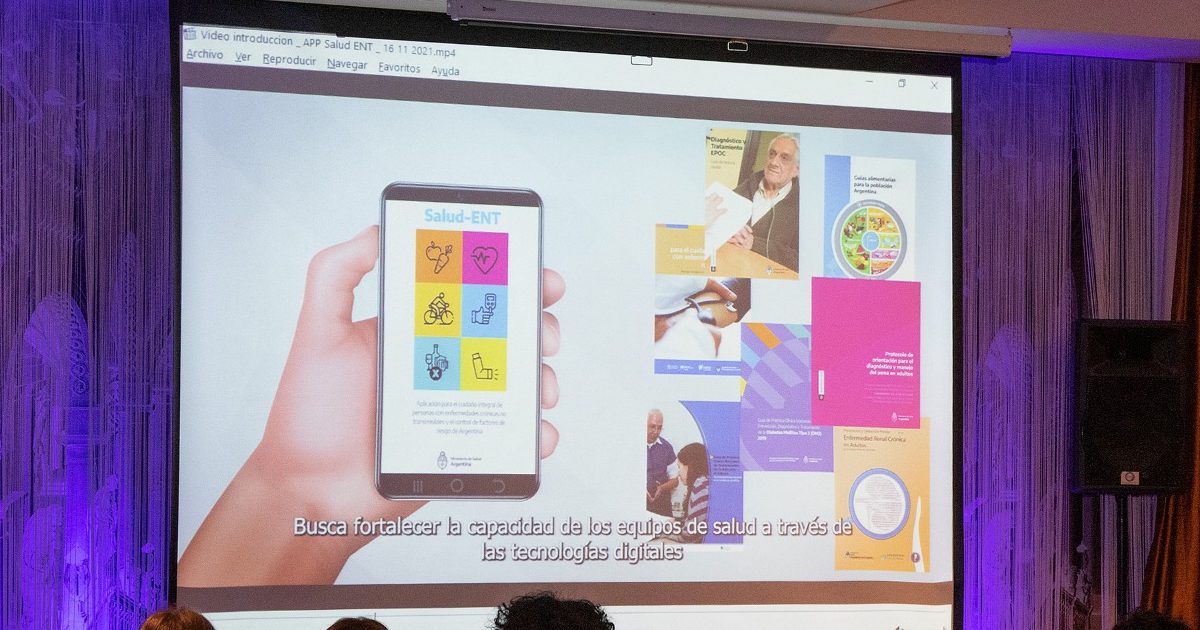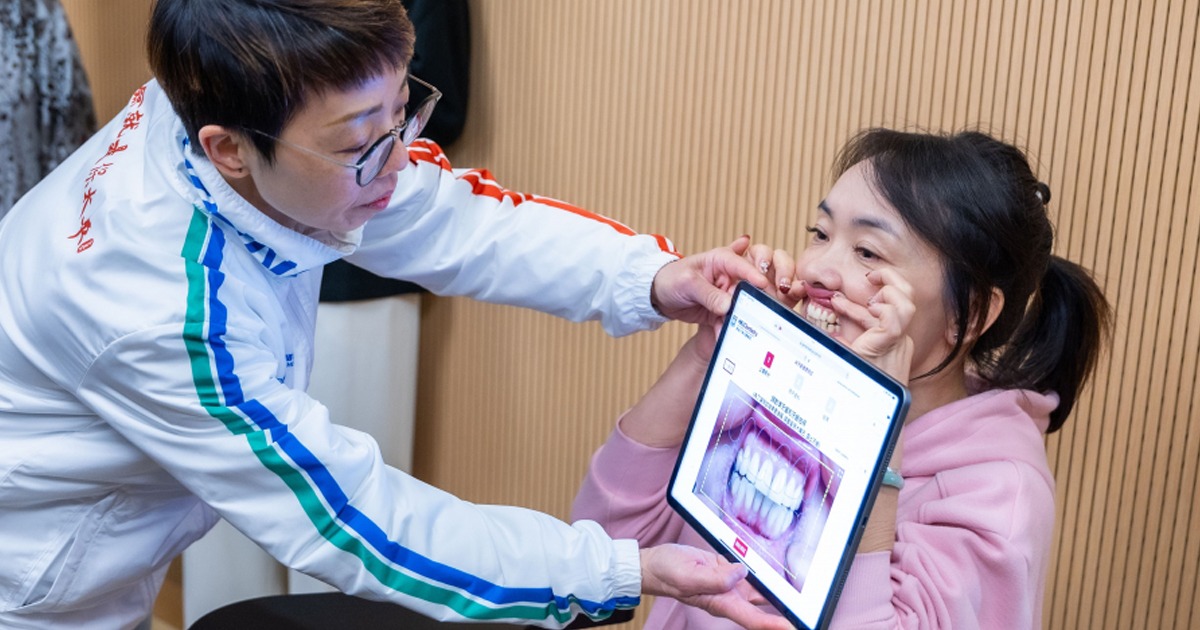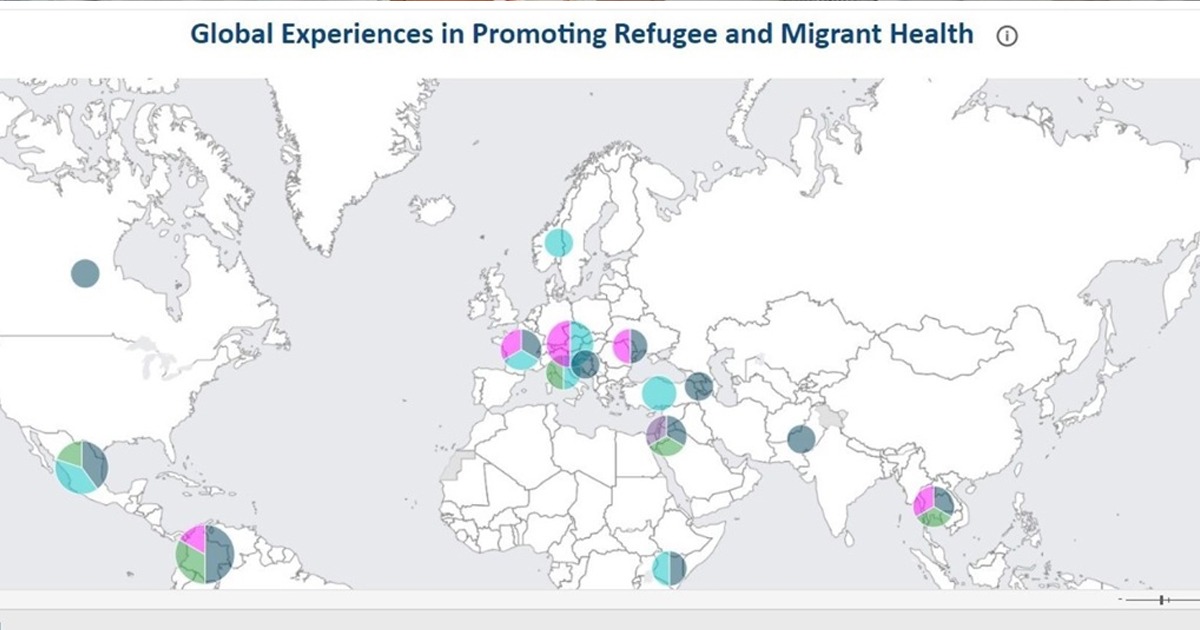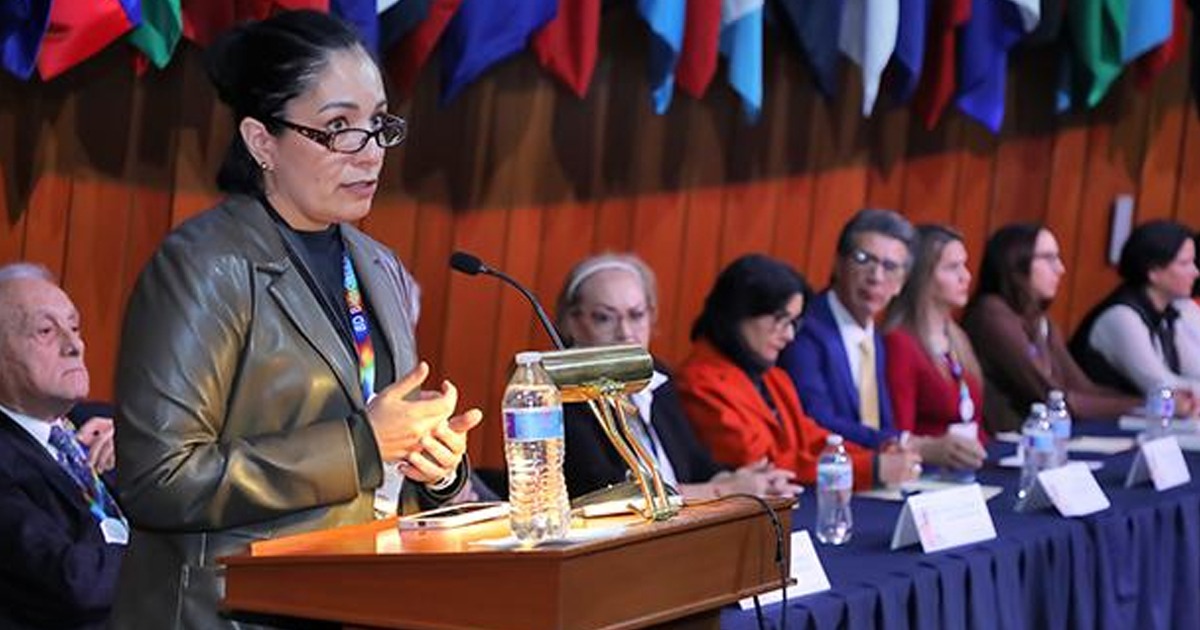The Social Security of Peru (EsSalud) began a pilot test of teletriage and teleemergency services in the town of Chincha; they seek to replicate it at the national level.
EsSalud's pilot plan for teletriage and tele-emergencies has provided more than 12,000 services in less than two months since its implementation. This service was implemented on April 4 at the Hospital Level II René Toche Groppo de Chincha in the department of Ica.
The attention to the insured in this hospital managed to improve its flow of attention, since in less than two months it registered 11 thousand 213 attentions in teletriage and 1,250 in tele-emergencies.
The services provided to this hospital are performed from the EsSalud National Telemedicine Center (Cenate) that has professionals trained in remote care. In this way, the director of the Cenate, Sergio Machado, explained that the decentralization of services is part of a macro-regional plan that seeks to replicate itself in more units that provide health services at the national level.
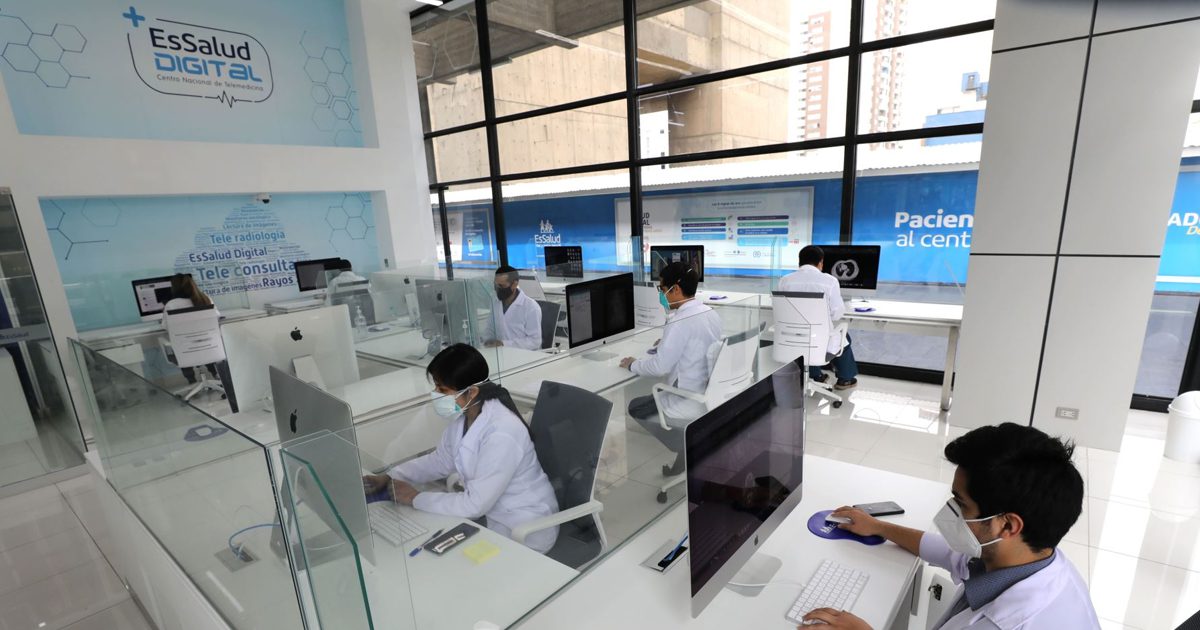
Teletriage services consist of the classification of emergency patients, that is, remote triage, in a virtual way that directs the patient to the corresponding area of the hospital. On the other hand, the purpose of tele-emergency care is to virtually attend emergency patients with priority levels 4 and 5, that is, patients who must be treated in outpatient clinics. EsSalud explained that the tele-emergency strategy manages to reduce the waiting time from 4 or 5 hours to 15 minutes.
On the other hand, EsSalud announced that this pilot plan will also be implemented in Huánuco, but that it will have telemedicine and teleconsultation services.
